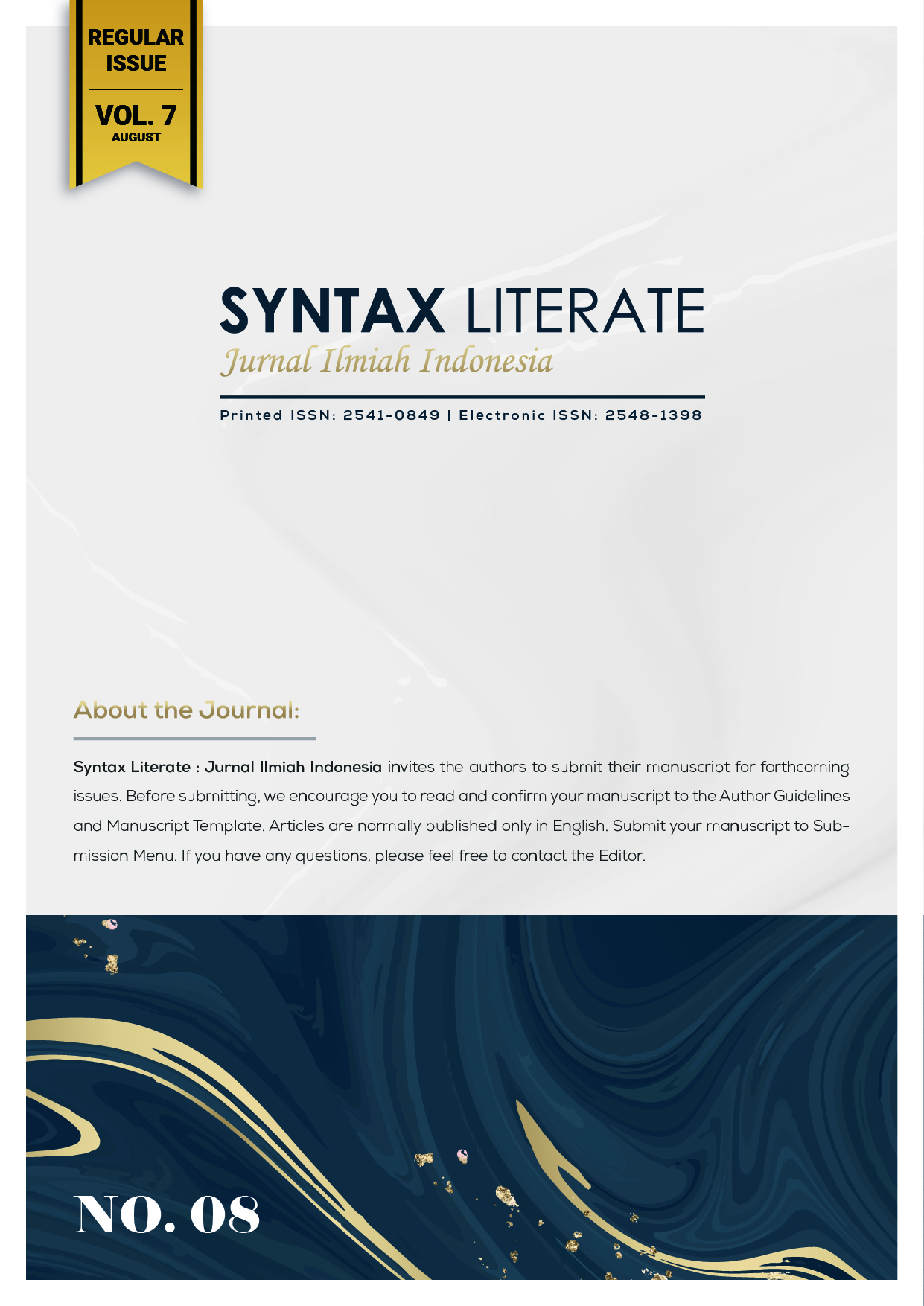Improving Efl Students' Cohesion and Coherence Through Simple View of Writing
Abstract
Mastery of English as a foreign language (EFL) is an important skill in today's globalized world. One important aspect of language acquisition is good writing skills. However, students learning English as a foreign language often need help developing cohesion and coherence in writing. This study aims to examine whether a simple view of writing can improve EFL students' cohesion and coherence. This study utilized a quantitative method. Data were collected using two instruments: cohesion and coherence tests and student response questionnaires. The data were analyzed using descriptive statistical analysis and regression tests. The results showed that a simple view of writing can improve EFL students' cohesion and coherence. Students who used a simple view of writing learning had higher cohesion and coherence scores than students who did not use a simple view of writing learning. English teachers can use this technique to help students write more coherence and cohesive texts.
Downloads
References
Berninger, V. W., Vaughan, K., Abbott, R. D., Begay, K., Coleman, K. B., Curtin, G., ... & Graham, S. (2002). Teaching spelling and composition alone and together: Implications for the simple view of writing. Journal of Educational Psychology, 94(2), 291.
Graham, K. M., & Eslami, Z. R. (2020). Does the simple view of writing explain L2 writing development?: A meta-analysis. Reading Psychology, 41(5), 485–511.
Lou, Y., Chen, J., Zhang, L., & Hao, D. (2019). A survey on regression test-case prioritization. In Advances in Computers (Vol. 113, pp. 1–46). Elsevier.
Munadzdzofah, O. (2018). Pentingnya Bahasa Inggris, China, dan Jepang Sebagai bahasa Komunikasi Bisnis di era Globalisasi. VOCATIO: Jurnal Ilmiah Ilmu Administrasi Dan Sekretari, 1(2), 58-73.
Mishra, P., Pandey, C. M., Singh, U., Gupta, A., Sahu, C., & Keshri, A. (2019). Descriptive statistics and normality tests for statistical data. Annals of cardiac anaesthesia, 22(1), 67.
Murtafi’ah, W. (2022). Analisis Kohesi Dan Koherensi Wacana Lisan Kajian Naskah Pementasan Wayang Kulit Sasak. NUSRA: Jurnal Penelitian dan Ilmu Pendidikan, 3(2), 200-210.
Rahayu, S. (2023). Upaya Meningkatkan Keterampilan Menulis Teks Recount Melalui Four Square Writing Method (FSWM) Pada Siswa Kelas VIII A SMP Negeri 1 Salaman Tahun Pelajaran 2021/2022. Science and Education Journal (SICEDU), 2(1), 26–33.
Sanajaya, S., Saragih, G., & Restoeningroem, R. (2021). Kohesi gramatikal dan kohesi leksikal dalam kumpulan cerpen Konvensi karya A. Mustofa Bisri. Diskursus: Jurnal Pendidikan Bahasa Indonesia, 3(03), 261-267.
Sugiyono. (2019). Metode Penelitian Kuantitatif, Kualitatif, dan R&D. Bandung: Alfabeta.
Sürücü, L., & Maslakci, A. (2020). Validity and reliability in quantitative research. Business & Management Studies: An International Journal, 8(3), 2694-2726.
Yulia, Y. (2017). Penerapanteori Belajar dan Desain Instruksional Model pada Keterampilan Menulis Bahasa Inggris. Jurnal Ilmiah Universitas Batanghari Jambi, 17(1), 185-196.
Copyright (c) 2023 Diraja Zamach Syarif, Nora Fitria, Cut Faizah, Faudi Faudi

This work is licensed under a Creative Commons Attribution-ShareAlike 4.0 International License.











